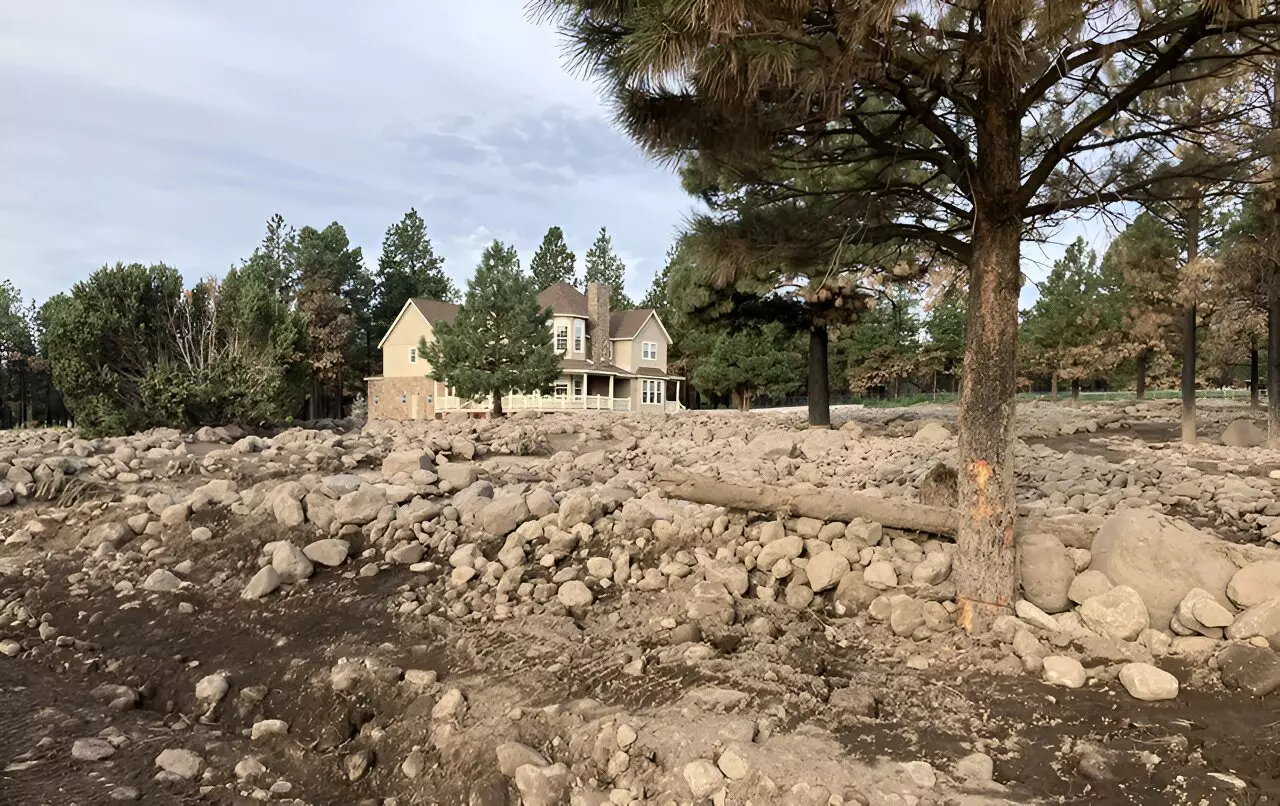

Recent research conducted by a team at Los Alamos National Laboratory has focused on advancing landslide prediction capabilities. This research aims to make simulations faster and more accurate, ultimately enhancing safety for communities at risk of having their infrastructure destroyed by landslides. The findings of this study were published in the journal Earth’s Future.
According to corresponding author Tao Liu, the current methods used for predicting the occurrence of debris flows after a fire are underutilized due to the time-consuming nature of the process and the uncertainties involved. The study proposes a novel approach that involves using a model to forecast debris flow behavior prior to a wildfire event, thus allowing for proactive measures to be taken.
Contrary to common belief, the danger posed by wildfires does not necessarily cease once the fire is contained. Postfire debris flows (PFDF) can occur during or immediately following a wildfire, leading to additional destruction and posing a significant threat to communities. These natural disasters are highly unpredictable and can occur suddenly, resulting in numerous fatalities each year. The diminished soil infiltration and destabilization of the ground caused by wildfires pave the way for landslides to be triggered by heavy rainfall, magnifying the impact of the disaster.
The new research conducted by the team at Los Alamos National Laboratory is expected to have a positive impact on both national and global safety. By enhancing our ability to predict postfire debris flows, this research can help prevent the destruction of homes, safeguard public infrastructure, and mitigate the economic disruptions caused by such natural disasters.
In their study, the researchers developed a probabilistic PFDF inundation assessment model, leveraging data collected following the 2022 Pipeline Fire in northern Arizona. Through the use of 10,000 optimized parameter instances, the model was refined to identify the key factors indicating the likelihood of a PFDF occurrence. This proactive approach enables scientists and stakeholders to anticipate the risk of landslides following wildfires and take preemptive measures to protect vulnerable communities and ecosystems.
Tao Liu emphasized the significance of this research not only in better preparing for postfire debris flows but also in providing guidance on the application of these predictive models in future hazard assessments. Implementing strategies such as increased ground cover vegetation, water management systems, and retaining walls can help mitigate the destabilization of the ground post wildfire, enhancing community resilience and safety.
In the realm of software development, the ability to swiftly and accurately address bugs is…
The realm of quantum computing and communication is not just an abstract dream anymore; it…
In a remarkable leap for the field of material science, a collaborative research initiative has…
Throughout Earth's vast history, our planet has endured five major mass extinction events that reshaped…
Rainfall is a vital element of our planet’s hydrological cycle, yet many aspects of its…
On a night when the universe aligns, a mesmerizing phenomenon awaits: the appearance of the…
This website uses cookies.